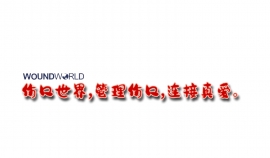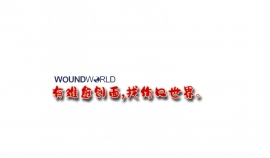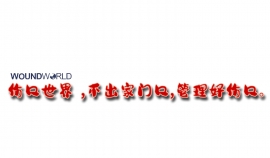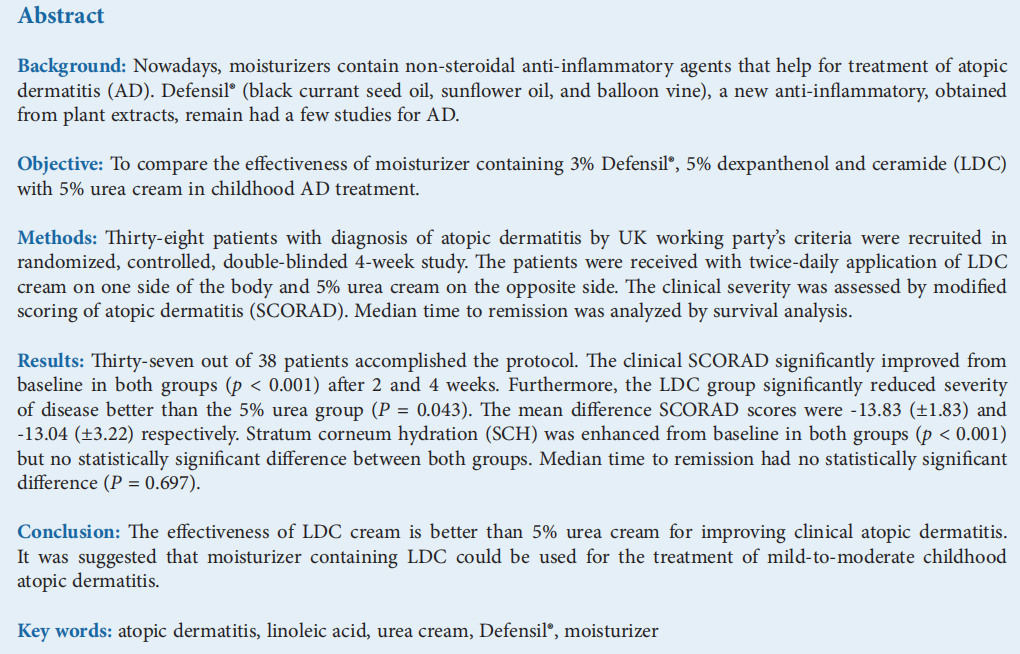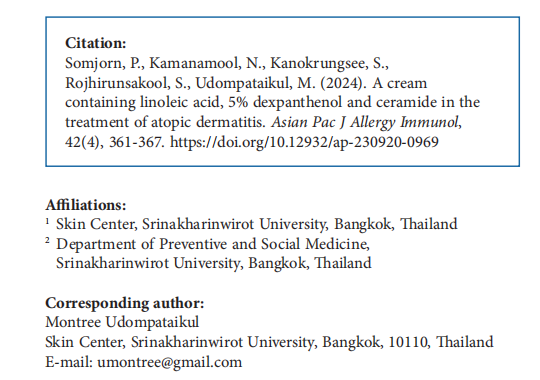文献精选
Rachael M. Hewitt1 | Carys Dale1 | Catherine Purcell1 | Rachael Pattinson2 | Chris Bundy1
1 School of Healthcare Sciences, Cardiff University, Wales, UK
2 School of Dentistry, Cardiff University, Wales, UK
Correspondence
Rachael M. Hewitt, School of Healthcare Sciences, Cardiff University, Heath Park Campus, Cardiff, CF14 4XN, UK.
Email: 该Email地址已收到反垃圾邮件插件保护。要显示它您需要在浏览器中启用JavaScript。
Funding information
Beiersdorf
Abstract
Objectives: Skin conditions carry a substantial psychological burden but support for patients is limited. Digital technology could support patient self-management; we found preliminary evidence for the effectiveness and acceptability of digital psychological interventions for adults living with skin conditions. We have, therefore, developed a complex digital intervention called MiDerm with patients. This qualitative study explored the prospective acceptability of the complex intervention delivered via a smartphone application (app), and possible barriers and facilitators to use.
Design: Qualitative research involving a hybrid inductivedeductive approach. Data collection and analysis were theoretically informed by The Common-Sense Model of SelfRegulation, Theoretical Framework of Acceptability and the Capability, Opportunity, Motivation - Behaviour Model.
Methods: Eight synchronous online group interviews with 43 English-speaking adults (≥18 years) with skin conditions. Data were analysed using Reflexive Thematic Analysis.
Results: Three superordinate themes were generated: (1) Patients' attitudes and concerns about the MiDerm app; (2) Need for personal competence, autonomy and relatedness for effective self-management; and (3) Physical, psychological and social barriers to app use.
Conclusion: Adults with skin conditions, mainly those with vitiligo and psoriasis living in the UK, expressed the need for support to self-manage the psychological aspects of their condition(s). The idea of a new intervention comprised of informational, emotional, behavioural and peer support, delivered via a smartphone app was welcomed and may be especially beneficial for specific patients. Identified barriers must be addressed to maximize engagement and giving users choice, flexibility and control is imperative to this. We have since developed the MiDerm app using these findings.
KEYWORDS
dermatology, digital intervention, qualitative research
Xinjue Kuang1,2, Caini Lin1,2, Yuanyuan Fu3, YuhuiWang3, JunhuaGong3, Yong Chen3,4, Youting Liu3,4,6 & FanYi1,2,5
1 Key Laboratory of Cosmetic, China National Light Industry, Beijing Technology and Business University, Beijing,China.
2Institute of Cosmetic Regulatory Science, Beijing Technology and Business University, Beijing, China.
3 Beijing Uproven Medical Technology Co. LTD, Beijing, China.
4 Beijing Uproven Institute of Dermatology, Beijing,China.
5 Beijing Technology and Business University, No.11/33, Fucheng Road, Haidian District, Beijing 100048,China.
6 Beijing Uproven Institute of Dermatology, Room 1109, 11th Floor, Building 13, No. 5 Tianhua Street, Daxing District, Beijing 102600, China. email: 该Email地址已收到反垃圾邮件插件保护。要显示它您需要在浏览器中启用JavaScript。; 该Email地址已收到反垃圾邮件插件保护。要显示它您需要在浏览器中启用JavaScript。
Oily sensitive skin is complex and requires accurate identification and personalized care. However, the current classification method relies on subjective assessment. This study aimed to classify skin type and subtype using objective biophysical parameters to investigate differences in skin characteristics across anatomical and morphological regions. This study involved 200 Chinese women aged 17–34 years. Noninvasive capture of biophysical measures and image analysis yielded 104 parameters. Key classification parameters were identified through mechanisms and characteristics, with thresholds set via statistical methods. This study identified the optimal ternary value classification method for dividing skin types into dry, neutral, and oily types based on tertiles of biophysical parameters and, further, into barrier-sensitive, neurosensitive, and inflammatory-sensitive types. Oily sensitive skin shows increased sebum, follicular orifices, redness, dullness, wrinkles, and porphyrins, along with a tendency for oiliness and early acne. Subtypes exhibited specific characteristics: barrier-sensitive skin was rough with a high pH and prone to acne; neurosensitive skin had increased TEWL (Transepidermal Water Loss) and sensitivity; and inflammatory-sensitive skin exhibited a darker tone, with low elasticity and uneven redness. This study established an objective classification system for skin types and subtypes using noninvasive parameters, clarifying the need for care for oily sensitive skin and supporting personalized skincare.
Keywords Oily sensitive skin, Noninvasive biophysical testing, Skin classification, Sensitivity subtypes, Personalized skincare
Patrick Bogdanowicz 1,4*, Paul Bensadoun 2,4, Maïté Noizet 1 , Benoît Béganton 1 ,Armony Philippe 1 , SandrineAlvarez‑Georges 1 , Gautier Doat 3 , AmélieTourette 1 ,Sandrine Bessou‑Touya 1 , Jean‑Marc Lemaitre 2*& Hélène Duplan 1
1 R&D Pierre Fabre Dermo-Cosmétique & Personal Care, Toulouse, France. 2 INSERM IRMB UMR1183, Hôpital Saint Eloi, Université de Montpellier, Montpellier, France. 3 Laboratoires Dermatologiques Avène, Lavaur, France. 4These authors contributed equally: Patrick Bogdanowicz and Paul Bensadoun.*
email: 该Email地址已收到反垃圾邮件插件保护。要显示它您需要在浏览器中启用JavaScript。; 该Email地址已收到反垃圾邮件插件保护。要显示它您需要在浏览器中启用JavaScript。
Intrinsic and extrinsic factors, including lifestyle and sun exposure, can contribute to cell senescence, which impairs skin homeostasis, that may in turn lead to skin aging. Senescent cells have a specifc secretome, called the senescence-associated secretory phenotype (SASP) that includes MMPs, CXCLs and S100A8/9. Reducing the SASP with senotherapeutics is a promising strategy to reduce skin aging. Here we evaluated the effect of a formula containing niacinamide and hyaluronic acid, which are known to limit senescence and skin aging. We conducted three diferent studies. (1) Ex vivo explants treated with the formula had more collagen and glycosaminoglycan. (2) In a clinical trial with forty-four women, two months of treatment improved fne lines, wrinkles, luminosity, smoothness, homogeneity, and plumpness. (3) In a third study on thirty women, we treated one arm for two months and took skin biopsies to study gene expression. 101 mRNAs and 13 miRNAs were differentially expressed. We observed a likely senomorphic effect, as there was a decrease in many SASP genes including MMP12 and CXCL9 and a significant downregulation of autocrine signaling genes: S100A8 and S100A9. These pharmaco-clinical results are the first to demonstrate the senomorphic properties of an effective anti-aging formula in skin.
